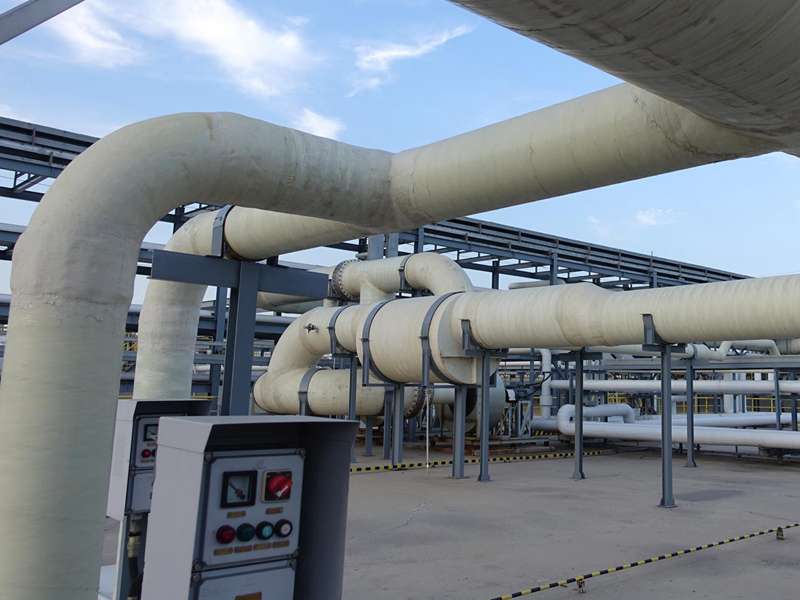
-
 Afrikaans
Afrikaans -
 Albanian
Albanian -
 Amharic
Amharic -
 Arabic
Arabic -
 Armenian
Armenian -
 Azerbaijani
Azerbaijani -
 Basque
Basque -
 Belarusian
Belarusian -
 Bengali
Bengali -
 Bosnian
Bosnian -
 Bulgarian
Bulgarian -
 Catalan
Catalan -
 Cebuano
Cebuano -
 China
China -
 China (Taiwan)
China (Taiwan) -
 Corsican
Corsican -
 Croatian
Croatian -
 Czech
Czech -
 Danish
Danish -
 Dutch
Dutch -
 English
English -
 Esperanto
Esperanto -
 Estonian
Estonian -
 Finnish
Finnish -
 French
French -
 Frisian
Frisian -
 Galician
Galician -
 Georgian
Georgian -
 German
German -
 Greek
Greek -
 Gujarati
Gujarati -
 Haitian Creole
Haitian Creole -
 hausa
hausa -
 hawaiian
hawaiian -
 Hebrew
Hebrew -
 Hindi
Hindi -
 Miao
Miao -
 Hungarian
Hungarian -
 Icelandic
Icelandic -
 igbo
igbo -
 Indonesian
Indonesian -
 irish
irish -
 Italian
Italian -
 Japanese
Japanese -
 Javanese
Javanese -
 Kannada
Kannada -
 kazakh
kazakh -
 Khmer
Khmer -
 Rwandese
Rwandese -
 Korean
Korean -
 Kurdish
Kurdish -
 Kyrgyz
Kyrgyz -
 Lao
Lao -
 Latin
Latin -
 Latvian
Latvian -
 Lithuanian
Lithuanian -
 Luxembourgish
Luxembourgish -
 Macedonian
Macedonian -
 Malgashi
Malgashi -
 Malay
Malay -
 Malayalam
Malayalam -
 Maltese
Maltese -
 Maori
Maori -
 Marathi
Marathi -
 Mongolian
Mongolian -
 Myanmar
Myanmar -
 Nepali
Nepali -
 Norwegian
Norwegian -
 Norwegian
Norwegian -
 Occitan
Occitan -
 Pashto
Pashto -
 Persian
Persian -
 Polish
Polish -
 Portuguese
Portuguese -
 Punjabi
Punjabi -
 Romanian
Romanian -
 Russian
Russian -
 Samoan
Samoan -
 Scottish Gaelic
Scottish Gaelic -
 Serbian
Serbian -
 Sesotho
Sesotho -
 Shona
Shona -
 Sindhi
Sindhi -
 Sinhala
Sinhala -
 Slovak
Slovak -
 Slovenian
Slovenian -
 Somali
Somali -
 Spanish
Spanish -
 Sundanese
Sundanese -
 Swahili
Swahili -
 Swedish
Swedish -
 Tagalog
Tagalog -
 Tajik
Tajik -
 Tamil
Tamil -
 Tatar
Tatar -
 Telugu
Telugu -
 Thai
Thai -
 Turkish
Turkish -
 Turkmen
Turkmen -
 Ukrainian
Ukrainian -
 Urdu
Urdu -
 Uighur
Uighur -
 Uzbek
Uzbek -
 Vietnamese
Vietnamese -
 Welsh
Welsh -
 Bantu
Bantu -
 Yiddish
Yiddish -
 Yoruba
Yoruba -
 Zulu
Zulu
Durable FRP Sump Covers for Enhanced Protection and Performance in Industrial Applications
Understanding FRP Sump Covers A Comprehensive Overview
In various industries, the protection and maintenance of infrastructure are critical for operational efficiency and safety. One integral component that often goes unnoticed but plays a significant role in various applications is the sump cover, particularly those made from Fiber Reinforced Polymer (FRP). This article delves into the importance, benefits, and applications of FRP sump covers, emphasizing their relevance in today's industrial landscape.
What Are FRP Sump Covers?
FRP sump covers are made from a composite material that consists of a polymer matrix reinforced with fibers, typically glass or carbon. This combination imparts exceptional strength and durability, making them ideal for use in environments where traditional materials, like metal or concrete, may fail. These covers serve as protective barriers for sump pits, which are essential in managing water, wastewater, and other fluids in various settings, including industrial plants, municipal systems, and commercial facilities.
Key Advantages of FRP Sump Covers
1. Corrosion Resistance One of the most significant benefits of FRP sump covers is their exceptional resistance to corrosive elements. Unlike metal covers that can rust or degrade when exposed to chemicals, FRP maintains its integrity even in harsh environments, which is crucial for industries such as chemical processing or wastewater treatment.
2. Lightweight FRP materials are significantly lighter than their metal counterparts. This lightweight characteristic makes handling and installation more manageable, reducing labor costs and the risk of injuries during handling.
3. High Strength-to-Weight Ratio Despite their lightness, FRP sump covers possess a high strength-to-weight ratio. This feature means they can withstand considerable loads without compromising structural integrity, ensuring long-lasting performance in demanding conditions.
frp sump cover

4. Non-Conductive Being non-conductive, FRP sump covers enhance safety in environments where electrical hazards may be present. This property makes them particularly suitable for electrical facilities, where accidental contact with conductive materials can lead to severe consequences.
5. Customizable FRP can be easily molded and customized to fit specific requirements. This adaptability allows for the manufacture of sump covers in various sizes, shapes, and load capacities, catering to the needs of diverse applications.
6. Cost-Effective Over Time Although the initial cost of FRP products can be higher than traditional materials, their longevity, low maintenance requirements, and resistance to damage contribute to lower lifecycle costs.
Applications of FRP Sump Covers
FRP sump covers find applications across various sectors. In the municipal water treatment industry, they effectively cover stormwater and sewage sumps, providing a protective barrier while ensuring safety. In industrial settings, such as chemical plants or manufacturing facilities, these covers prevent accidental spills and contamination, contributing to workplace safety.
Moreover, commercial properties utilize FRP sump covers to manage runoff and drainage effectively. Their customizable nature allows for aesthetic considerations as well; they can be designed to match surrounding infrastructure, ensuring a pleasing appearance without sacrificing functionality.
Conclusion
In conclusion, FRP sump covers are an essential component of modern infrastructure management. Their remarkable properties—including corrosion resistance, lightweight nature, and high strength—make them a superior choice for various industries. As water management and environmental concerns continue to grow, the demand for durable and efficient solutions like FRP sump covers will likely increase. Industries looking for cost-effective, safe, and reliable options would do well to consider these innovative covers in their operations. With advancements in materialstechnology, FRP continues to lead the charge, providing practical solutions for a sustainable future.









